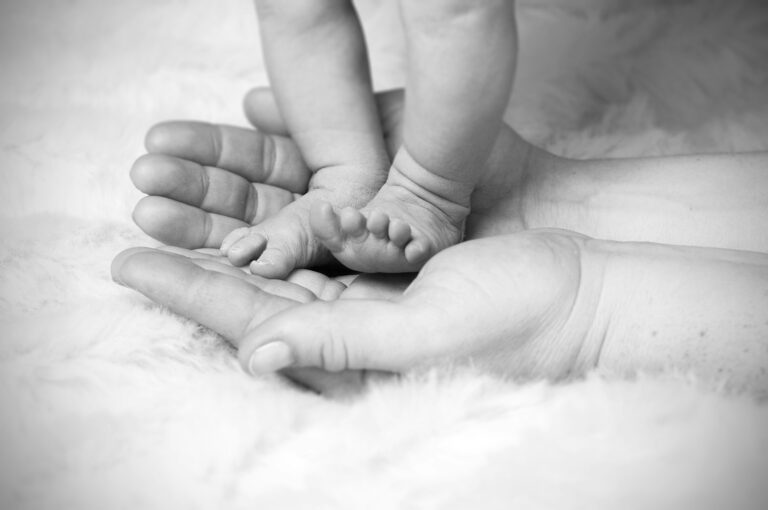What to talk about with your GP if you think you might have endometriosis.
Commonly causing fertility problems and pain, endometriosis affects around 1 in 10 reproductive age women. For most sufferers, help starts with a GP visit.
Chances are, if you suspect you have endometriosis, it’s your pain that is driving the suspicion. For the majority of sufferers, endo pain is severe and comes in cycles, occurring most commonly during menstruation. It can also cause pain at other times, such as during sex, when passing a bowel motion, and when ovulating. Some women experience no symptoms, with endo only making itself known when they try to have children. No matter your symptoms, it’s important to get on top of endo promptly, as like most diseases, it can progress over time.
Preparing for an initial GP visit
The most helpful thing you can bring along to a GP visit is data. Record when your pain happens, for how long, and how severe it is. Keep track of your periods so you can see if it occurs most commonly at these times. However, if you don’t have this information but are finding your pelvic pain is untenable, don’t wait and suffer – even without this info, your GP will be able to investigate the source of the pain through some questioning and by using a scan.
Questions you may be asked to check risk factors for endometriosis.
- When in your cycle do you experience pain?
- Does it happen at other times?
- How would you describe the pain? Does it ache, sting or stab?
- Where in your body does it occur and for how long?
- Is there a history of endo in your family? (This can be a risk factor so it may be helpful to ask around the women in your whanau).
- Have you ever been diagnosed with irritable bowel syndrome, uterine or reproductive tract abnormalities, or any painful bladder syndromes? (These can be co-occurrences).
- How long does your period last? (Short cycles or long periods can be risk factors).
- How heavy is your bleeding?
How can I check my own risk factor?
RATE (Raising Awareness Tool for Endometriosis) is a great place to start for those who suspect they may have endometriosis. Developed by a team of experts in association with the Royal Australian and New Zealand College of Obstetricians and Gynaecologists, the tool works through questions similar to the above, about pain levels, frequency and location of pain, and other symptoms. While it’s designed to assist GPs, it’s accessible to all and easy to use.
What will happen next?
If your GP suspects endo, they will likely refer you to a gynaecologist. Many, like our own Dr Ange Beard and Dr Geeta Singh are experts in diagnosing and treating endometriosis, so you will be in the best possible hands. Your gynaecologist can order further testing, such as an MRI. This will often show advanced disease but early-stage disease may not be visible, even though there can still be severe pain. The only way to confirm an diagnosis of endometriosis is through a laparoscopy, keyhole surgery during which a gynaecologist can examine the pelvic organs.
To treat the pain, your gynaecologist might suggest a hormone treatment, such as the hormonal IUD (Mirena or Jaydess) or pill, which helps by suppressing periods. Surgery may be offered to remove endometrial tissue, where possible, which can be the cause of fertility issues.
Your gynaecologist may also refer you to a pelvic floor physiotherapist and a chronic pain specialist to help reduce pain. Seeing a dietician can also be helpful because certain dietary choices can reduce inflammation.
The journey to diagnosis
It sounds unbelievable but the average time to diagnose endometriosis is around nine years for New Zealand women. No matter whether you start with the RATE tool, a GP visit or come direct to our clinic to find solutions, it is imperative that you don’t suffer in silence.




